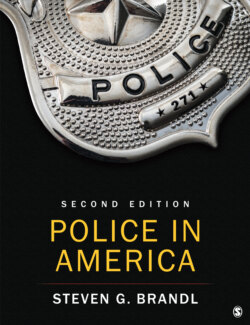Читать книгу Police in America - Steven G. Brandl - Страница 86
На сайте Литреса книга снята с продажи.
A Hierarchy of Authority
ОглавлениеAlso known as the chain of command, the hierarchy of authority principle holds that every person in the organization has a supervisor, and supervisors have more authority than their subordinates. This hierarchy has direct implications for supervision and formal communication. With a chain of command, communication follows a known path from subordinate to supervisor. If a subordinate “goes over the head” of his or her supervisor (i.e., skips a level of authority in communicating with superiors), then the proper chain of command was not followed. There is no optimal number of levels of authority in an organizational hierarchy. Generally speaking, larger police departments have more levels of hierarchy than smaller ones because with more personnel comes a need for more supervisors and managers.
chain of command: This principle holds that every person in the organization has a supervisor, and supervisors have more authority than their subordinates.
Within hierarchy of authority, there are some additional facets of the concept. First is span of control. This essentially refers to the number of people a supervisor is responsible for overseeing. Unity of command refers to the notion that each subordinate should only have one supervisor, thus eliminating the possibility of conflicting orders or instructions. Delegation of authority means that no one person in the organization is in control of everything. With delegation of authority, the chain of command is necessary.
